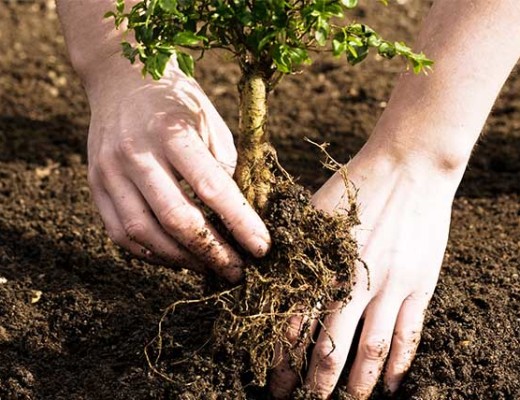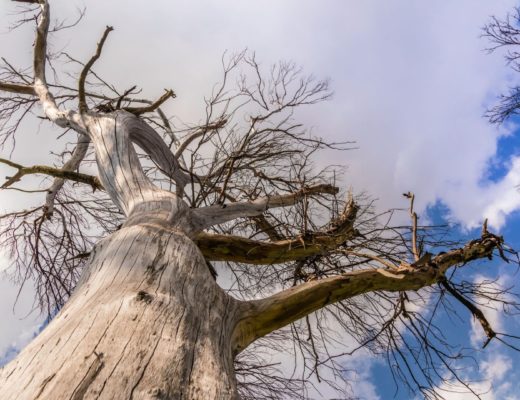Trees in our communities provide many services beyond the inherent beauty they lend to streets and properties. One of the most overlooked and underappreciated is their ability to reduce the volume of water rushing through gutters and pipes following a storm. This means less investment in expensive infrastructure and – importantly – cleaner water when the runoff reaches rivers and lakes.
READ: Drip Drop, How do Trees Make Flooding Stop?
How do trees help with stormwater management?
Trees help reduce stormwater runoff in several ways.
- Trees intercept rain and hold a portion of it on their leaves and bark. Part of this intercepted rain will evaporate and part will be gradually released into the soil.
- Fallen leaves help form a spongy layer that moderates soil temperature and helps retain moisture, harbors organisms that break down organic matter, and recycle elements for use in plant growth. This important layer allows rain to percolate into the soil rather than rushing off carrying pollutants like oil, metals, and other toxins.
- Below ground, roots hold the soil in place and absorb water that will eventually be released into the atmosphere by transpiration.
Whether standing alone to intercept rain or working in conjunction with water-retention facilities, trees can make significant contributions. Their benefits are practical and can save money for the community, but they also add beauty and that counts, too.
Get the full Tree City USA Bulletin No. 55 to learn more ways tree help reduce stormwater runoff.




